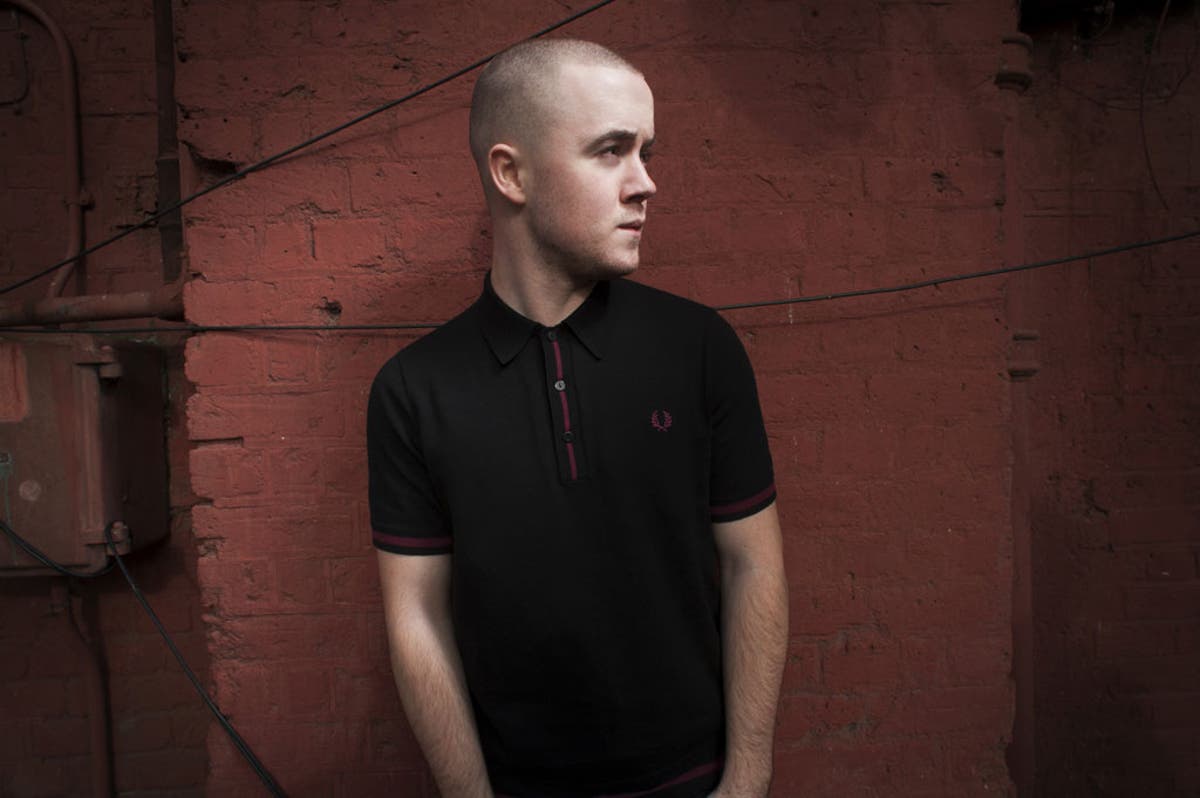Billes de Sharp n°5/7/8
2008 - Sculpture (Sculpture)
30 x 30 x 60 cm, 30 x 30 x 120 cm, 30 x 30 x 180 cm
Raphaël Zarka
Raphaël Zarka discovered the scientific manuscripts of Abraham Sharp while in Oxford. Sharp was an English 18th century astronomer whose treatise Geometry Improved became the subject of a new body of photographs and sculptures. In this document, Sharp draws infinite possible combinations that enable the making of a polyhedron from a wooden cube – the most complex figure allows a perfect form with 120 facets. Sharp’s studies found their outlet in this manuscript, but had no particular function as such. In the same way as an artist obsessed with pure form, Sharp creates aesthetic objects, geometric sculptures. By reproducing Sharp’s drawing through an operation of pyrography onto oak beams, Raphaël Zarka seems to want to verify the scientist’s theories. But the artist stops half-way since he only applies the tracing on the raw wooden form; it is up to the spectator to go a step further to obtain a perfect polyhedron. Over to imagination or perhaps to time which might end up following the tracings and felling the wood. As opposed to other works by Zarka, this is not a replica or a reproduction but rather an application, a manifestation, which, although incomplete, seems to have allowed something to emerge. Simultaneously enigmatic and discrete despite its imposing size, the two photographs of the Geometry Improved treatise can complement the group of work.
Raphaël Zarka presents himself as a sculptor and artist-collector. He scrutinises the contemporary world to draw up a genealogy of geometric forms. He is constantly noticing Plato’s polyhedrons (speculative geometric forms) materialized in concrete breakwaters ( Les formes du repos series/The Forms of Rest). His work highlights the fact that the ‘survival of forms’ (Aby Warburg) takes place in today’s world in functional and concrete environments. The artist acts with the curiosity of the Renaissance humanists in their studio ( Studiolo , 2008), but he has adopted a thinking structure where dichotomies and the methodological boundaries of Art History are banned. With his typical transversal approach, the artist has started theoretical research into the urban practice that is skateboard by publishing essays and realizing artistic projects. In Riding modern art (Lyon Biennale, 2007), he confronts photographs of the skaters performing on public sculptures with a sculpture by Katarzyna Kobro. The confrontation underlines that the movement is either of aesthetic potential for modern sculpture or a mechanical realization for skating. “It’s almost an insult to the mysteries of the world to think that we could invent anything or that we needed to invent anything”; this quote by Borgès has become the artist’s motto. Raphaël Zarka was born in 1957 in Montpellier, France. Lives and works in Paris.
Colors:
Other related works, blended automatically
» see more

© » KADIST
Raphaël Zarka
2001This photograph seems to be awaiting meaning, it more or less evokes known elements without really identifying with them completely: a motorway interchange, a bridge, an electric pylon… In fact this is the end of the tracks of the Aérotrain, a wheelless monorail invented by Jean Bertin in the 1970s, which acts like ‘a fossil of movement on landscape scale’, as explained by the artist...
Related works sharing similar palette
» see more

© » KADIST
Cauleen Smith
2018Set to the iconic and spiritual music of Alice Coltrane’s Turiyasangitananda (1937–2007), Cauleen Smith’s film Sojourner travels across the US to visit a series of sites important to an alternative and creative narrative of black history...
Other works by: » Raphaël Zarka
» see more

© » KADIST
Raphaël Zarka
2001This photograph seems to be awaiting meaning, it more or less evokes known elements without really identifying with them completely: a motorway interchange, a bridge, an electric pylon… In fact this is the end of the tracks of the Aérotrain, a wheelless monorail invented by Jean Bertin in the 1970s, which acts like ‘a fossil of movement on landscape scale’, as explained by the artist...
Related artist(s) to: Raphaël Zarka » Cyprien Gaillard, » Simon Faithfull, » Anri Sala, » Didier Marcel, » Kristina Solomoukha, » Rem Koolhaas, » Rosa Barba, » Xavier Veilhan, » Amos Gitai, » Ann Veronica Janssens
» see more
Related works found in the same semantic group
» see more

© » KADIST
Jackie Karuti
2017The Planets, Chapter 32 (2017) is a short video that depicts the world at a time of great anxiety...

© » KADIST
Gary-Ross Pastrana
2018Gary-Ross Pastrana’s video installation Rewilding consists of three large-scale projections placed across the exhibition space...

© » KADIST
Adelita Husni-Bey
2015After the Finish Line is a recent film by Adelita Husni-Bey produced for the exhibition Movement Break at Kadist-SF in 2015...

© » KADIST
Ian Breakwell
2008“BC/AD” (Before Cancer, After Diagnoses) is a video of photographs of the artist’s face dating from early childhood to the month before he died, accompanied by the last diary entries he wrote from April 2004 to July 2005 (entitled “50 Reasons for Getting Out of Bed”), from the period from when he lost his voice, thinking he had laryngitis, through the moment he was diagnosed with lung cancer and the subsequent treatment that was ultimately, ineffective...




